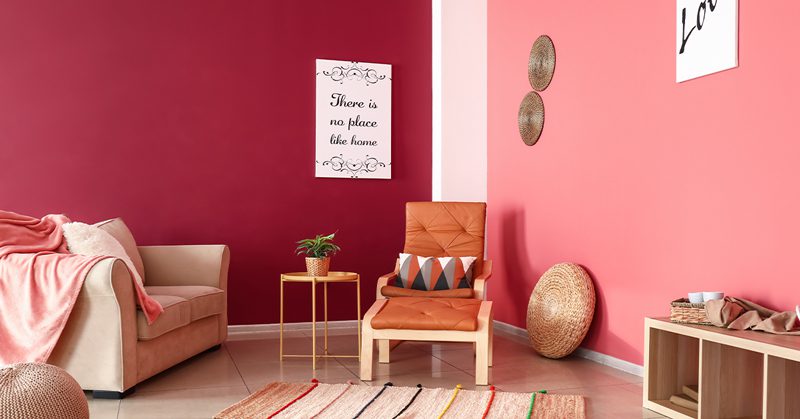Magenta is a color that commands attention. Characterized by it’s rich raspberry tones, magenta brings energy and vibrancy wherever it goes. In recent years, interior designers have increasingly embraced this vivid shade as a way to add drama and flair to living spaces.
A Brief History of Magenta
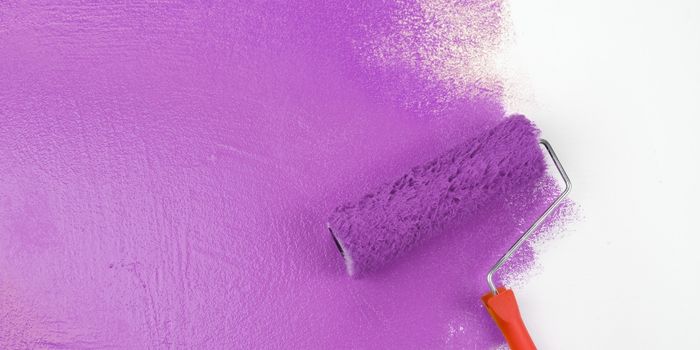
Unlike more common home decor hues like blue or green, magenta is a relatively modern invention. The specific reddish-purple tone was first produced synthetically in the 19th century and named after a famous battle.
In 1859, the Battle of Magenta was fought between French and Austrian forces near the town of Magenta, Italy. The battle produced a high number of casualties, leaving blood-stained soil in it’s aftermath. A year later, the organic dye fuchsine was developed and renamed magenta in honor of the battle. This bold new color made a splash when it was debuted at London’s Great Exhibition of 1862.
Although other reddish purples existed previously in the form of plant-based dyes, the specific magenta tone was only made possible by modern chemical engineering. In nature, shades like crimson, mulberry and raspberry appear softer compared to the electrifying brightness of synthetic magenta. The eye-catching color quickly became a signature of modern design.
The Psychology of Magenta
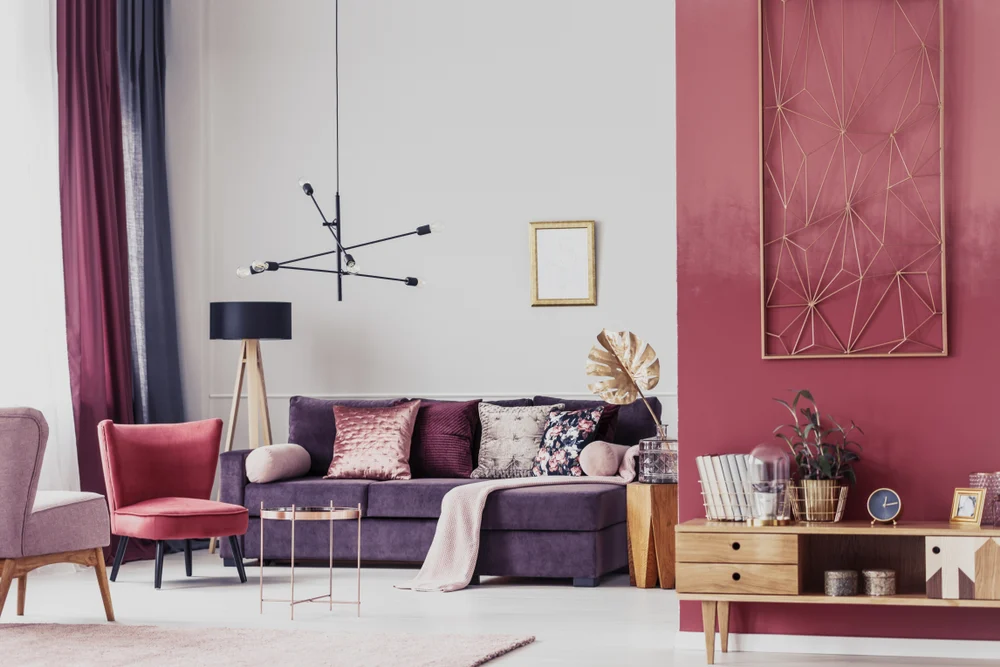
Why does this fiery fuchsia shade captivate designers and decor enthusiasts today? The appeal likely lies in it’s unconventional nature. Unlike more common home decor colors like muted blues and greens, magenta makes a rebellious, revolutionary statement. It catches the eye with it’s neon vibrancy, playing with perceptions.
On a psychological level, the color magenta stimulates creativity, nonconformity and courage. It inspires free thinking and experimentation while reducing inhibition. In fact, magenta is believed to activate imaginative right-brain cognitive functions rather than left-brain analytical ones. It can make you feel more spontaneous, original and adventurous.
Just a small touch of this daring color introduces excitement and verve. You can spice up a room with flashes of magenta accessories or patterns. Painting an accent wall or front door in this lively shade makes an even bolder declaration. The color brings out your playful, unconventional side.
Complementary Color Schemes
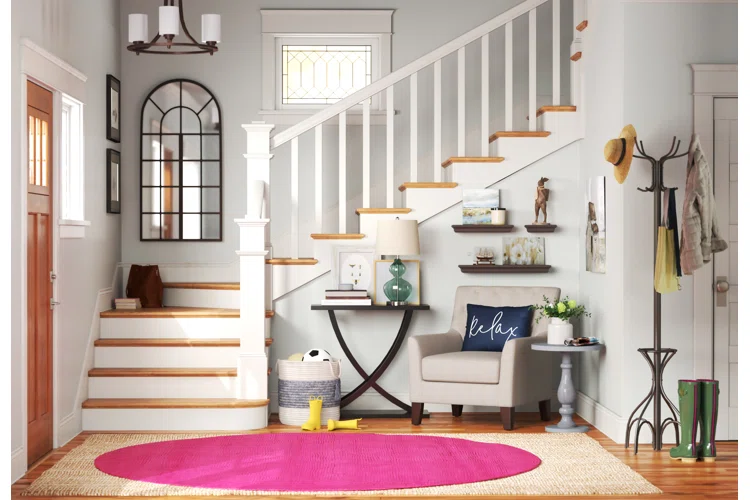
Magenta is a very bright and energetic color. But you need to pair it with the right complementary colors to balance it out. Using different shades of magenta, from light pinks to deep fuchsias, can work well in a single space. Combining these reds and pinks with white or metallic tones like gold or silver helps tone down the brightness.
Magenta also looks dramatic against mid-tone neutral colors like gray, tan or beige. Using neutrals as the main backdrop lets the magenta accents really stand out. Adding in gold furniture and black lamps makes the magenta pop even more through contrast. Cool colors like blue and green create a vibrant but calming balance with magenta’s boldness. Shades like aqua, mint and lime green tone down magenta’s intensity.
No matter what, magenta will be the star of the show. Surrounding it with whites, neutrals or contrasting bright colors really highlights magenta in the space. Keep any other additional colors simple so they don’t distract from or clash with the magenta accent color.
Magenta Paint Colors
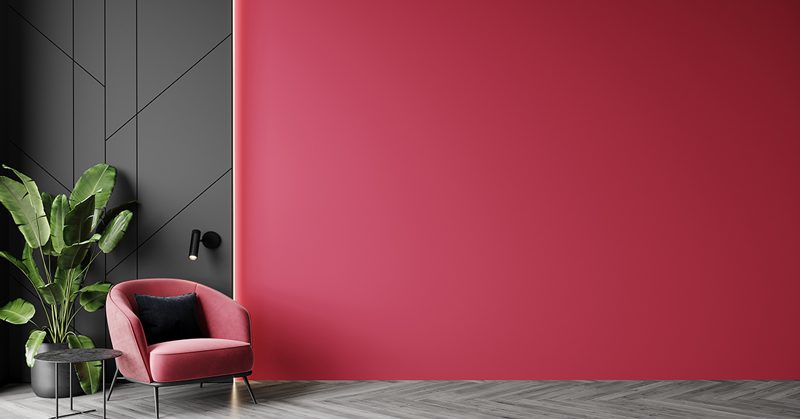
When working with such an intense shade, restraint goes a long way. Rather than magenta walls, which can feel overwhelming, strategically paint select architectural details. Try magenta on crown molding, baseboards, window trim or ceiling beams. Use it in recessed wall panels, niches or on one accent wall.
Many major paint brands offer pre-mixed magenta tones. Behr’s Street Faire bears a striking resemblance to classic magenta. For a lighter, more playful version, Behr’s Razzle Dazzler incorporates white for vibrancy. Benjamin Moore offers a deeper, more muted raspberry tone with it’s Razzle Dazzle. Valspar’s Magenta Hue adds white for a brighter, bolder effect.
No store-bought version captures your perfect vision? Have paint custom mixed to any shade. Bring in a magenta fabric swatch, flower or other inspiration when visiting the paint counter. The staff can scan the color and reproduce it in the exact gloss, finish and tint you desire.
Magenta Decor Accessories
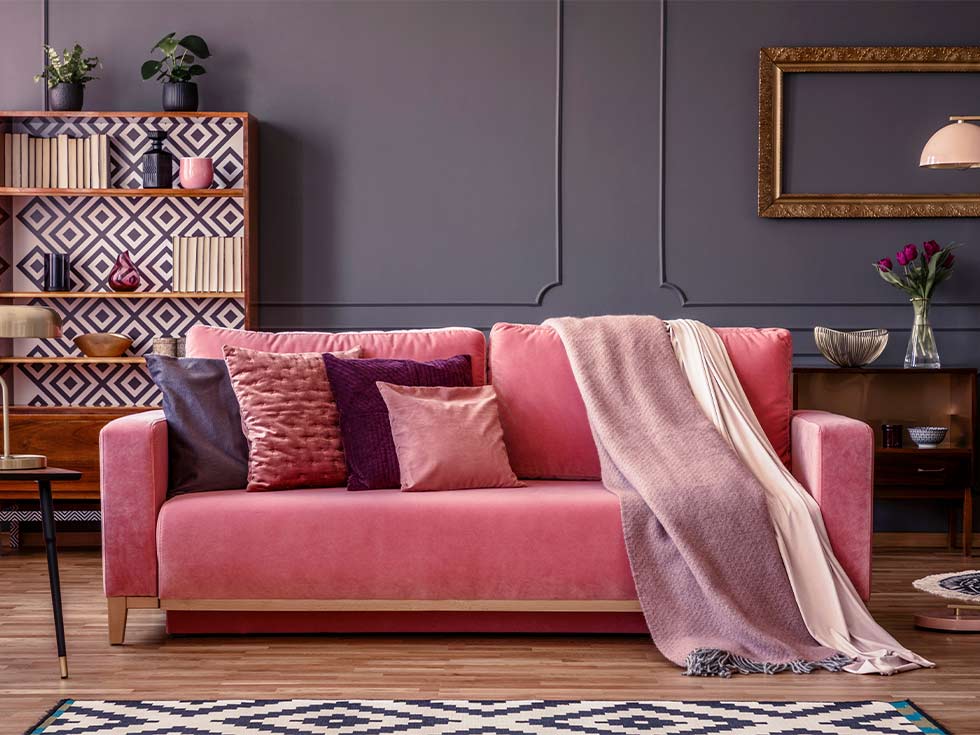
Pops of magenta accessories introduce festive flair without risk of sensory overload. Start with small accents like toss pillows, area rugs and decorative objects. Oversize floor pillows covered in magenta velvet or sequins create an inviting lounge area. Abstract art prints sporting bright pinks inject visual excitement to neutral walls.
Table lamps and ceiling pendants outfitted with magenta lampshades infuse lighting with color and whimsy. Install dimmers to adjust the vibrancy to suit your mood. Coordinate your lampshades with magenta upholstered dining chairs for a pulled-together look.
Candles, flower vases, trays and other decorative objects come in a spectrum of magenta tones to mix and match. Group several pieces together for maximum color impact. Paint the backs of bookcases or built-in cabinetry magenta to add a secret pop of color visible only when doors are open.
Magenta Furniture
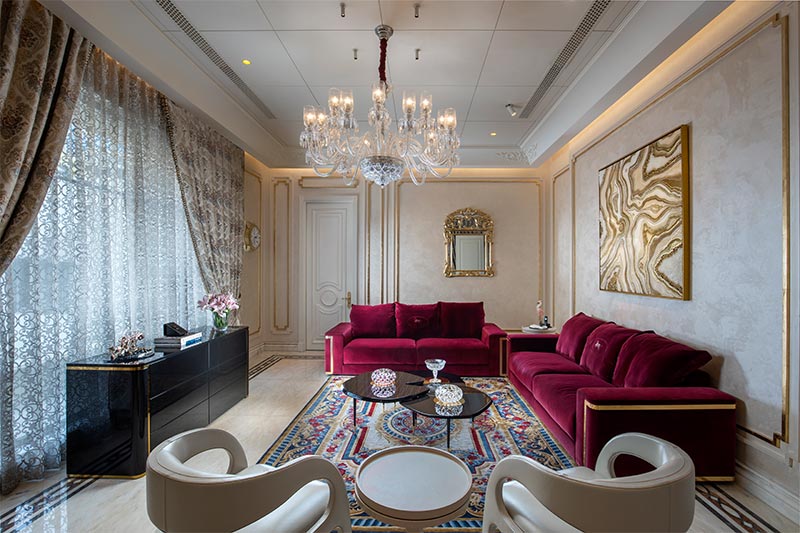
Larger magenta furniture makes a bold, glamorous style statement. Tufted velvet sofas, lounge chairs and headboards take center stage, especially when decorated with jewel-toned pillows or throws. Paint or upholster a dresser, cabinet, desk or dining set in magenta lacquer for high-gloss drama. Distressed paint techniques using magenta and gray worn finishes blend modern femininity with vintage charm.
Save money by painting thrift store finds yourself at home. Sand to remove shine, apply primer, then finish with two coats of magenta paint. Use painter’s tape for clean edges along borders. Once dry, lightly sand again to reveal white undertones then seal with polyurethane. The distressed vintage look pairs beautifully with mirrors, glass tabletops, chrome legs and lucite accents.
Bedding and Window Treatments
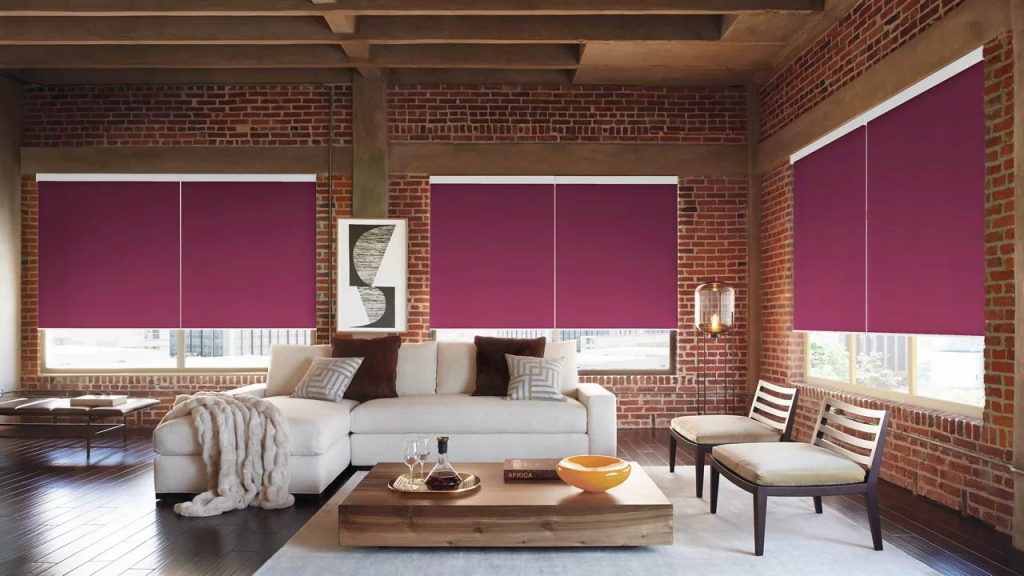
Curl up in bedding boasting magenta colors and patterns for sweet dreams. Opt for the understated look of pale blush with tiny magenta flowers. Or make a vibrant statement with magenta and white Buffalo check prints. Finish with loads of pillows in coordinating pinks and red tones.
Outfit windows with breezy white sheers combined with magenta drapes or valances. Flowing floor-length styles create an elegant focal point around windows. For nurseries, whimsical magenta roman shades keeps things light and playful. Opt for blackout versions to darken naps and nighttime.
Magenta Bathrooms
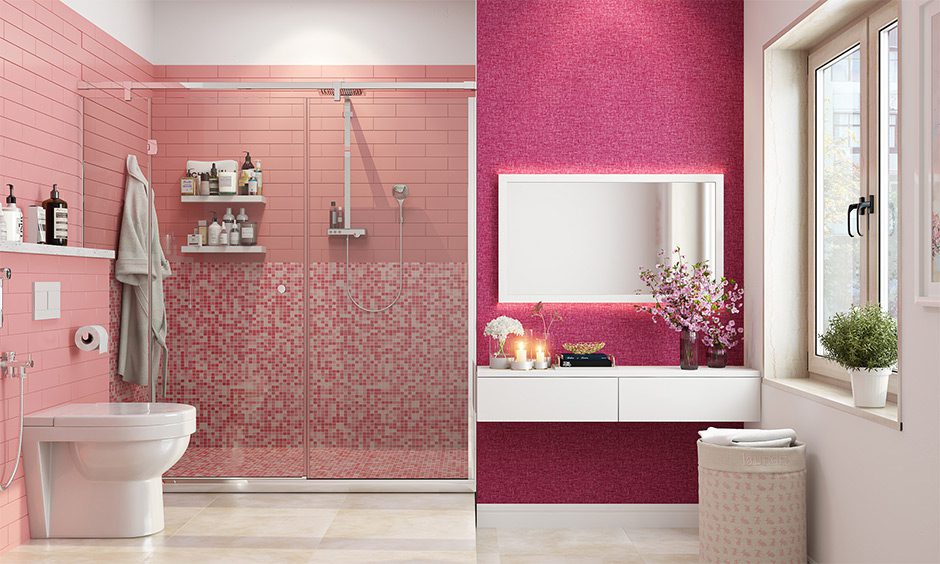
The bathroom offers the perfect canvas for experimenting with exciting magenta accents. Start with guest towels, rugs, shower curtains and accessories as inexpensive testers. Painting one wall magenta behind the vanity creates an eye-catching highlight. Tile a magenta glass mosaic backsplash for shimmery impact.
Custom painting or re-glazing drab tile magenta instantly modernizes. Use oil-based paint over clean porcelain, applying two or three thin coats for durability. For extra gloss that withstands humidity, finish with polyurethane sealer. Paint the ceiling magenta for a tropical punch.
Designing a Magenta Room
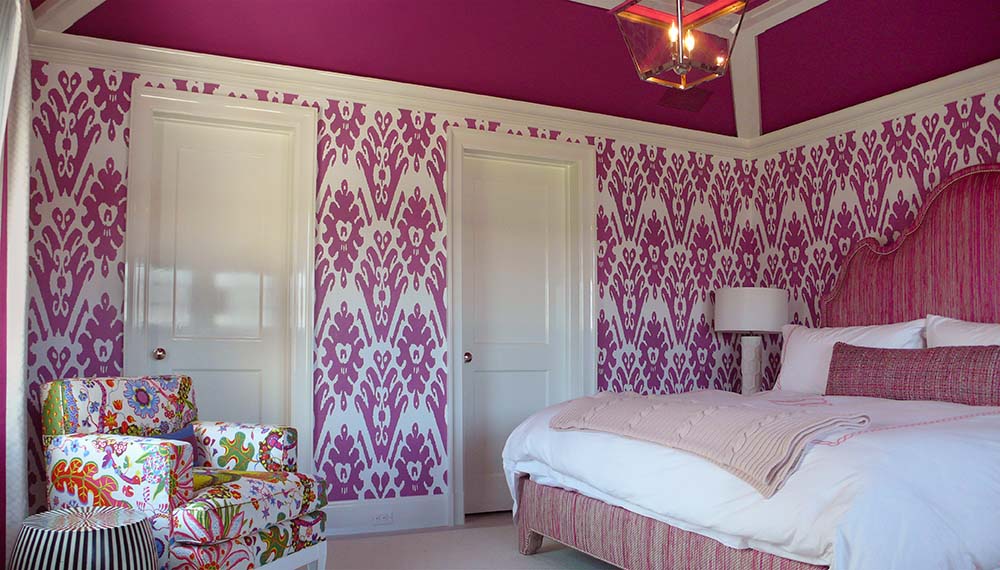
Want to go all-in with magenta decor? Use it thoughtfully to avoid visual fatigue. Stick to two or three magenta tones for cohesion, accented by whites and neutrals. Ensure lighting is soft and adjustable to set the desired mood. Include tactile linens, velvets and faux furs for sensual appeal.
In living rooms, pair a deep magenta sofa with soft pink chairs and ottomans. Paint built-in bookshelves white to temper the magenta while highlighting displayed collectibles. Illuminate conversation areas with modern chandeliers sporting white shading and magenta crystals.
Transform bedrooms into relaxing sanctuaries with luxe magenta touches. Drape sheer canopy fabrics overhead for a glamorous focal point. Layer white and silver bedding with magenta shams and throw pillows. Paint dressers white or soft gray to anchor the space.
No matter which room you magenta-fy, have fun and relish your daring new self-expression. This electrifying color empowers your creativity and inner spirit. Simply follow the vibes and enjoy the ride.
Pros and Cons of Using Magenta
Pros:
- Vibrant and eye-catching – magenta commands attention in a room
- Energizing and uplifting – can make you feel more creative and adventurous
- Works well with many color schemes – grays, whites, blacks, contrasting bright colors
- Makes a bold statement – using it expresses confidence and daring
- Distinctly modern color – associated with innovation and originality
- Complements feminine decors – brings softness and playfulness
- Easy to incorporate through accessories – pillows, art, lamps, etc.
Cons:
- Can be overpowering – using too much magenta can feel visually overwhelming
- High contrast – doesn’t blend seamlessly, so needs careful coordination
- Not relaxing or soothing – the brightness and intensity can feel too lively for some
- Polarizing shade – some people strongly dislike magenta’s boldness
- Difficult to match – finding exact companion colors and patterns can be tricky
- Fades easily – magenta paint, fabrics and objects lose vibrancy over time
- Makes rooms appear smaller – intense colors diminish perceived space
The vibrant allure of magenta makes it a showstopping shade if used thoughtfully. Balance it’s audacious brilliance with plenty of whites and neutrals. And consider people’s color preferences before blanketing rooms in this daring hue. A little magenta goes a long way!
FAQs
Magenta works best in rooms where you want to make a vibrant statement, like living rooms, dining rooms, studios or bedrooms. Use it more sparingly in relaxing spaces like bathrooms or libraries.
Popular color pairings include white, black, gray, silver, gold, fuchsia, bright blues and greens. Tone down magenta’s brightness by anchoring it with neutrals. Contrast it with lighter tints or darker shades.
Use it in accessories, artwork and decorative objects rather than painting full walls magenta. Sheer curtains, accent walls and eclectic pattern mixing are great ways to add pops of color.
Yes, bright colors like magenta can reduce the perceived size of a space. Paint the ceiling white or palest pink to create an airy, spacious look. Stick to two magenta tones to avoid overwhelming the eyes.
Soft, adjustable lighting lets you set the perfect vibrant-but-cozy magenta mood. Try dimmable pendant lights, table and floor lamps, candles and indirect cove lighting.
Conclusion
Magenta is a daring, electrifying color that brings incredible vibrancy and energy wherever it goes. It’s eye-catching brightness symbolizes creativity, innovation and the avant-garde. By thoughtfully balancing magenta’s showstopping qualities with other colors and textures, you can transform everyday rooms into glamorous works of art.
A little magenta goes a long way. Use it moderately in larger applications like accent walls and furniture. Embrace it abundantly in accessories, art, lighting and other decor details. Complementary whites, grays and metallics will temper magenta’s intensity for livable flair. Leaning into lavenders, fuchsias and rubies harmonizes beautifully.


